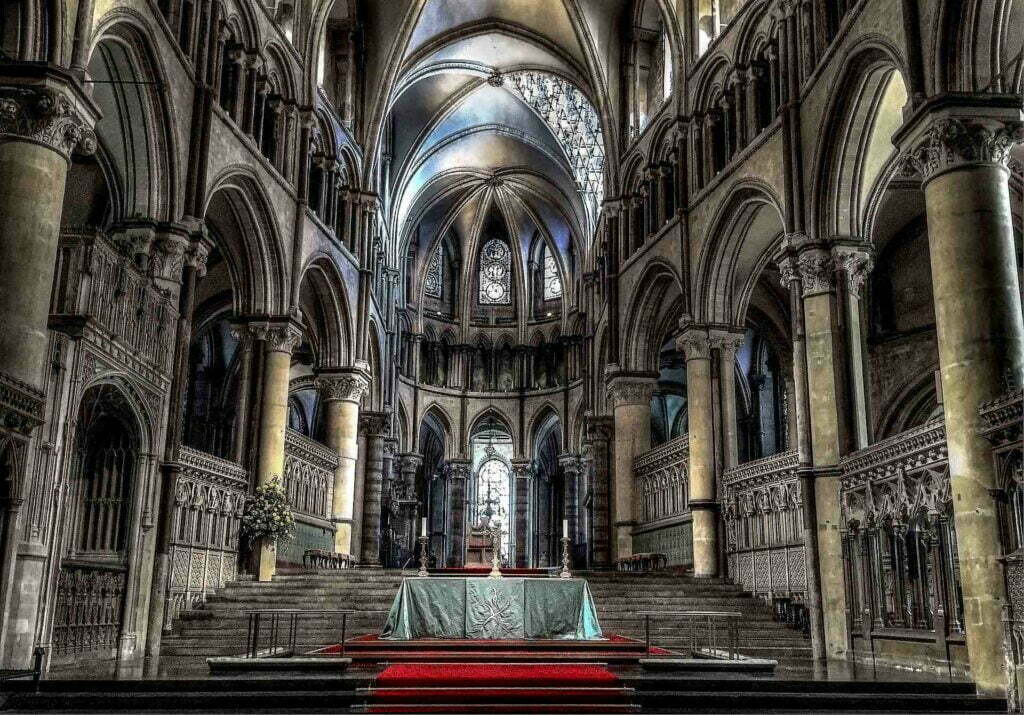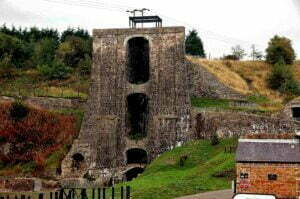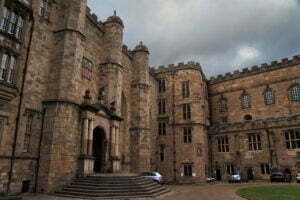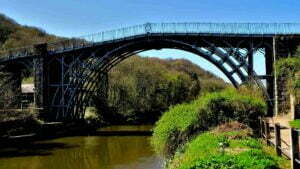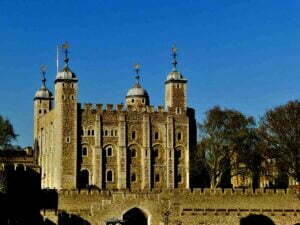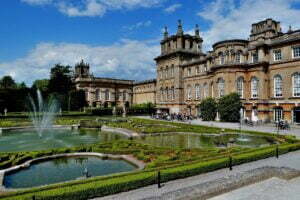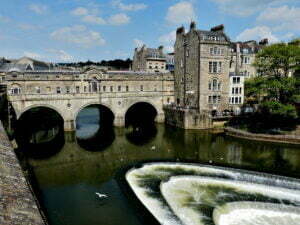Canterbury is the historic town and surrounding city. It is in the administrative and historic county of Kent, in southeastern England. Canterbury Cathedral has been the primary ecclesiastical center of the United Kingdom since the early 7th century CE.
Canterbury cathedral England
For nearly five centuries, Canterbury, in Kent, has served as the spiritual seat of the Church of England’s spiritual leader. The tiny Church of St Martin is one of Canterbury’s other noteworthy landmarks.
The modest Church of St Martin, England’s oldest church; the ruins of St Augustine’s Abbey, a reminder of the saint’s evangelizing role in the Heptarchy from 597; and Christ Church Cathedral, a breathtaking mixture of Romanesque and Perpendicular Gothic, where Archbishop Thomas Becket was murdered in 1170, are among Canterbury’s other important landmarks.
Canterbury, the surrounding countryside, and a region stretching to the Thames estuary, including the beach resorts of Whitstable and Herne Bay, make up the city, which is part of the administrative county of Kent.
Where is Canterbury
The mouth of the River Stour, which developed into an estuary stretching to the Wantsum Channel. At the point where the Isle of Thanet and the mainland were once separated by a strait.
And it was the ancient site of Canterbury, which had been settled since pre-Roman times. After Claudius’ invasion in 43 CE, the Roman town of Durovernum Cantiacorum was founded on the site.
Casingc Street connected it to London (55 miles (89 kilometers) northwest and Dover (later Watling Street) (16 miles (26 kilometers) southeast).
The town wall was constructed by the Romans in 200 CE and renovated in the Middle Ages; portions of it still exist. Only Westgate, one of the town’s six medieval entrances, has survived.
Canterbury cathedral history
Aethelberht, 1st. King of Kent, whose marriage to a Christian, Bertha, made Canterbury his capital in the late sixth century.
The daughter of the Frankish king, Charibert, likely encouraged him to support St. Augustine of Canterbury’s mission. He was granted St. Martin’s, the queen’s parish church, when he arrived in 597 on the Isle of Thanet.
Augustine returned to Canterbury after being consecrated as bishop of the English at Arles, where he created the Abbeys of SS. Peter and Paul, which became known as St. Augustine’s Abbey after his death, and built the cathedral, which was initially known as Christ Church.
The town gained in significance, despite being ravaged by Danish assaults, particularly in 1011. After Archbishop Thomas Becket’s assassination at the cathedral in 1170 and Henry II’s penance there in 1174, Becket’s shrine drew a large number of pilgrims.
The many inns of the town began to cater to their needs, and a picture of the tourists may be found in Geoffrey Chaucer’s The Canterbury Tales.
The town’s municipal administration originated from the 14th century or earlier, and in 1461, it was elevated to county status, complete with a sheriff.
Several monastic establishments were dissolved during the 16th-century Reformation. Becket’s cult was suppressed, and the town deteriorated. The town was revitalized by an inflow of Huguenot and Walloon refugees, mostly weavers.
During World War II, the town was heavily bombed, yet the cathedral was mostly unscathed. During air strikes, fires were set on the grounds to give the impression that the cathedral was already on fire. Long-market, the shopping district, has subsequently been restored.
Canterbury cathedral stained glass
The cathedral was reconstructed during the 11th and 12th centuries, as well as between the 14th and 16th centuries, when the current nave and the distinctive Bell Harry tower were completed.
A series of capitals in the great crypt are excellent examples of Norman architectural sculpture, depicting mythical animals and monsters. Some of the stained-glass windows in the Corona and Trinity Chapel date from the 12th and 13th centuries.
Canterbury church
The Huguenots were given the crypt as their church at the end of the 16th century, and weekly services in French are still held there. On the cathedral grounds, Christ Church Gate leads to the remnants of the monastic structures, and a Norman stairway leads to the hall of the King’s School, which was created as a monastic school in the early Middle Ages and revived as a grammar school for boys in 1541 by Henry VIII.
Other medieval ecclesiastical structures adorn the town, including the original 22 parish churches and the ruins of St. Augustine’s Abbey outside the city walls, where a museum houses excavated Saxon and Roman artifacts. The massive abbey gate (about 1300) is still in place.
The Canterbury Heritage Museum, which is housed in a 13th-century hospital, is also noteworthy. Along the Stour, some of the Huguenot refugees’ homes can still be seen. In 1988, UNESCO classified Canterbury Cathedral, St. Augustine’s Abbey, and St. Martin’s Church as a World Heritage Site.
